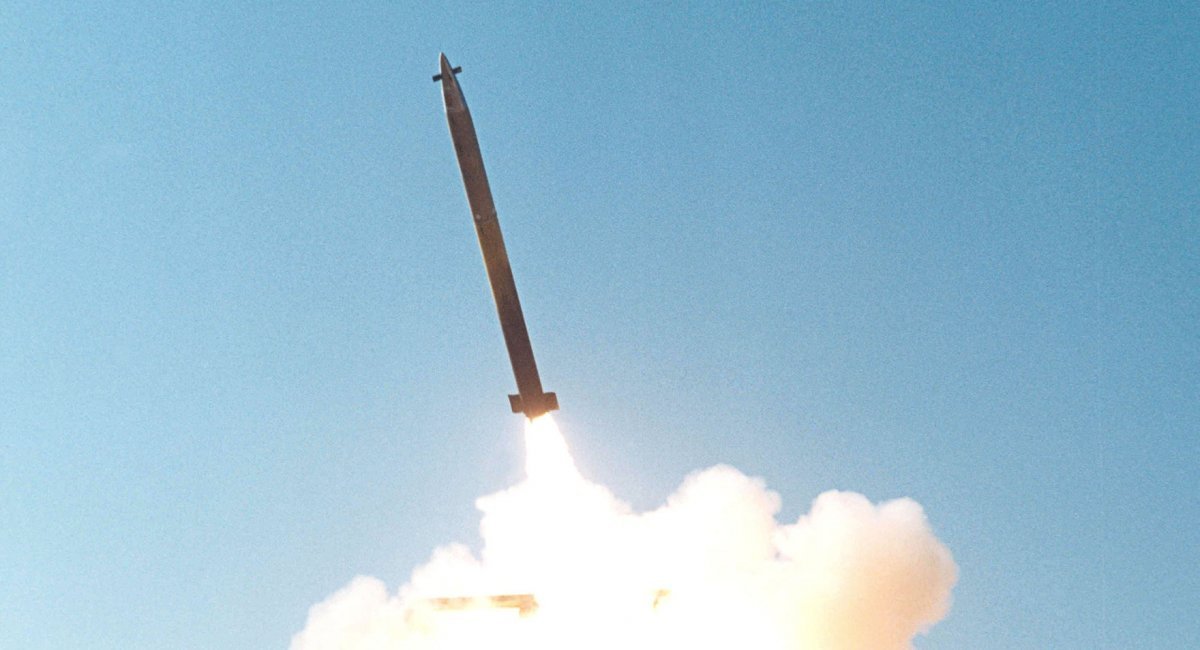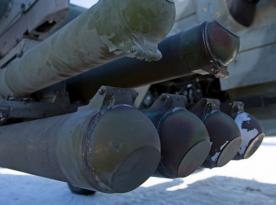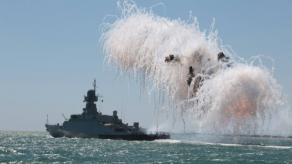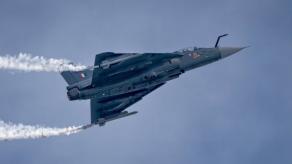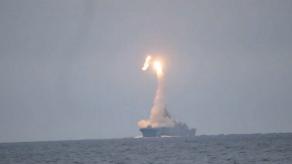At the end of March, Ukraine's Defense Forces used a HIMARS strike to destroy four russian helicopters at a helipad in Belgorod Oblast, located east of the town of Ivnya, near the administrative border with Kursk Oblast.
As reported by the Ukrainian Special Operations Forces, two Ka-52 attack helicopters and two Mi-8 helicopters were hit, but now a video review of the destroyed helicopters has emerged. As it turns out, the helicopters destroyed were Mi-28 and Mi-8, which are now definitively classified as destroyed.
Read more: Ukrainian CinC Syrskyi Summarizes March Fighting Against russian Army
The video clearly shows numerous penetrations resulting from the airburst of the M30A1, which has a warhead filled with 180,000 small tungsten carbide balls. These balls easily pierce through such equipment and objectively make repairs impossible, as microscopic holes damage all the vehicle's components, including the fuel system, engines, and electrical circuits.
When all the components need to be replaced, along with the fuselage that now looks like a sieve, it is undoubtedly a total loss. Moreover, the process of "cannibalizing" the damaged vehicle for spare parts becomes highly questionable.
There may also be a pleasant bonus when the remnants of the missile, namely its solid rocket motor, hit the target. This is how the tail section of one of the russian Mi-8 helicopters was punctured.
Ultimately, this video showcasing the destroyed russian helicopters helps dispel the common Hollywood cliché where any equipment explodes in a bright firework display from a single blast. As seen, the puncturing of fuel tanks and the spilling of aviation fuel, as well as the breaching of solid rocket motors, did not lead to fire or detonation.
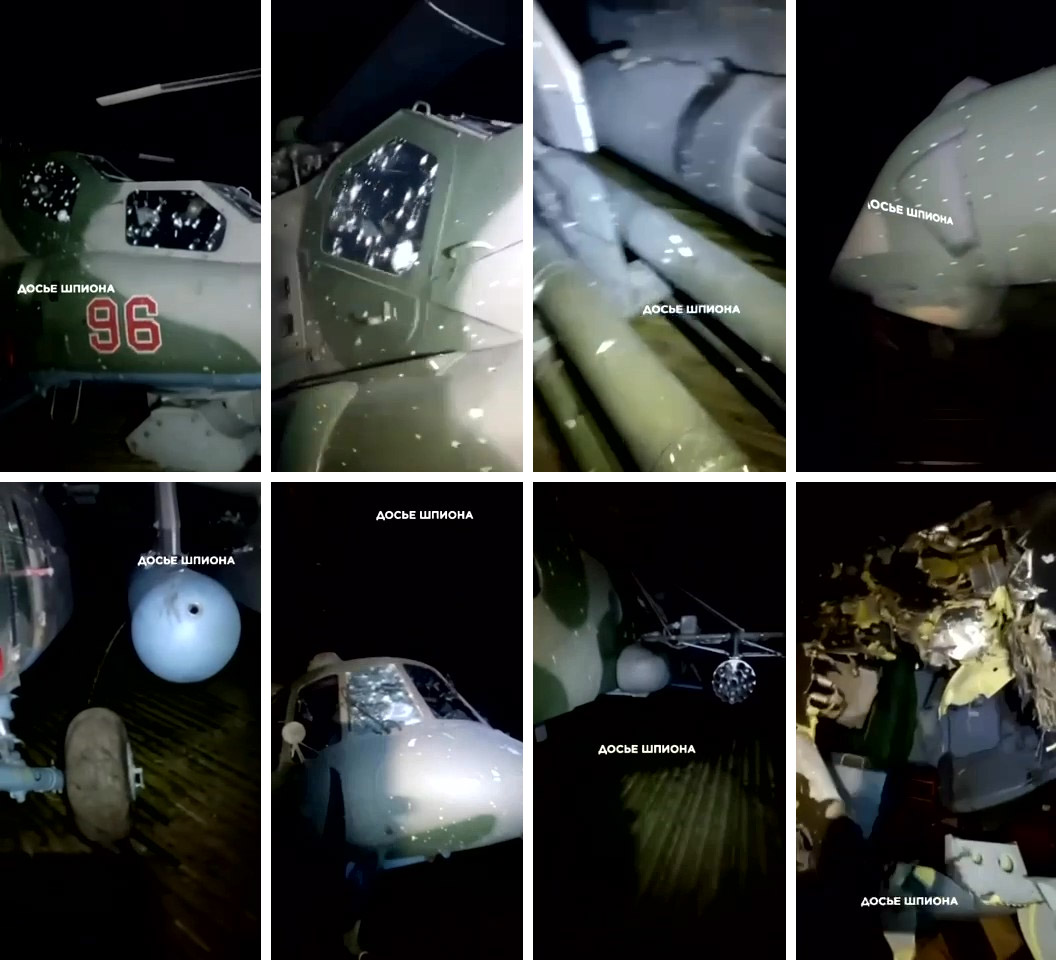
Additionally, the release of this video allows for an evaluation of the effectiveness of GMLRS with tungsten carbide balls versus traditional cluster munitions, which they have replaced. Specifically, Ukraine once used cluster ATACMS against several russian helicopter pads, and one photo of the strike’s aftermath surfaced online. It gives the impression that cluster submunitions provide a lower shrapnel density, but, of course, the area they cover is larger.
It’s worth noting that new GMLRS ER missiles, with a range of up to 150 km, are also equipped with similar warheads containing tungsten fragments. Their production began in the summer of 2024.
Read more: Four Helicopters Lost: It Seems Someone in russia Believed in "HIMARS Kill Switch" (Video)




